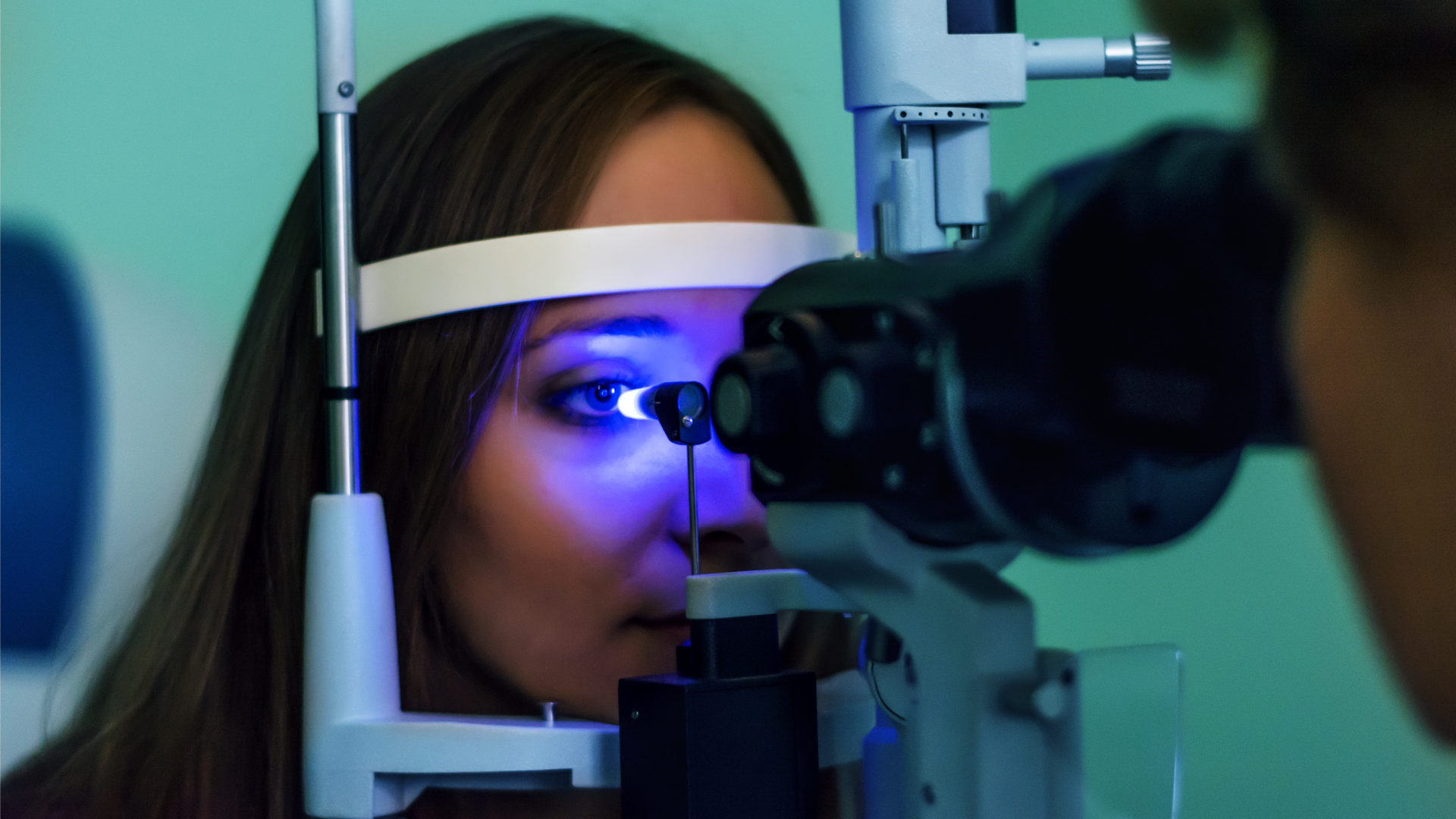Cell Adhesion Molecules in the Aqueous Outflow Pathway

About the Research Project
Program
Award Type
Standard
Award Amount
$24,808
Active Dates
April 01, 1995 - March 31, 1996
Grant ID
G1995436
Summary
Glaucoma is a leading cause of blindness in many countries. In its high pressure form, which is the most common type, the drain of the eye does not function properly, while fluid continues to be made at a normal rate. Pressure builds up in the eye, and damage occurs to the optic nerve, which transmits vision from the eye to the brain. The drain of the eye, the trabecular meshwork (TM), is made up of cells and surrounding materials. The cells are attached to each other and to the surrounding material. We believe that there are differences in the surface characteristics that hold cells to each other and to the surrounding material in the different cells that make up the drainage pathway, that these differences can be used to tell these and neighboring cells apart. Further, we may be able to affect how well the drain of the eye works by affecting these surface characteristics of the cells. This study will investigate some characteristics of the surface of the cells in the drainage pathway in the eye that hold the cells to each other and to the surrounding material. We will attempt to improve the function of the drain by changing the ability of the cells to hold on to each other and to the surrounding material. We will also enable scientists to tell the difference between the different types of cells in the drainage pathway by looking at these surface characteristics, using simple cell staining techniques. Even looking through a microscope, it is very difficult, and often impossible, to tell one cell type from another with the cells in this region, especially when those cells have been removed from the eye and grown in culture. By knowing the difference between these cells, scientists will be able to learn more about how they work, and how they can be made to work better, in order to make the drain of the eye work better. Finally, we will learn if glaucoma and drugs that affect glaucoma cause changes in these surface molecules. Our long term goals are to improve the function of the drain of the eye by changing the function of the cell surface molecules that are involved in the attachment of one cell to another or the cell to the surrounding material. In addition. we hope to learn more about how the drain of the eye works, and to provide a means by which cells in the neighborhood of the drain of the eye can be distinguished from each other.
Grantee institution at the time of this grant: Tufts University School of Medicine
Related Grants
National Glaucoma Research
Developing a New Glaucoma Treatment That Avoids Daily Drops
Active Dates
July 01, 2025 - June 30, 2027

Principal Investigator
Gavin Roddy, MD, PhD
Current Organization
Mayo Clinic, Rochester
Developing a New Glaucoma Treatment That Avoids Daily Drops
Active Dates
July 01, 2025 - June 30, 2027

Principal Investigator
Gavin Roddy, MD, PhD
Current Organization
Mayo Clinic, Rochester
National Glaucoma Research
Human Retinal Regeneration to Cure Glaucoma
Active Dates
July 01, 2025 - June 30, 2027

Principal Investigator
Karl Wahlin, PhD
Current Organization
University of California, San Diego
Human Retinal Regeneration to Cure Glaucoma
Active Dates
July 01, 2025 - June 30, 2027

Principal Investigator
Karl Wahlin, PhD
Current Organization
University of California, San Diego
National Glaucoma Research
Mitochondria in Retinal Ganglion Cells
Active Dates
July 01, 2025 - June 30, 2027

Principal Investigator
Rob Nickells, PhD
Current Organization
University of Wisconsin-Madison
Mitochondria in Retinal Ganglion Cells
Active Dates
July 01, 2025 - June 30, 2027

Principal Investigator
Rob Nickells, PhD
Current Organization
University of Wisconsin-Madison




